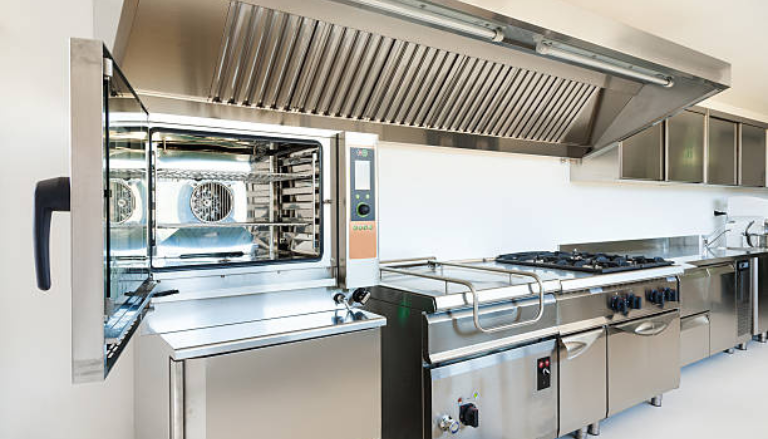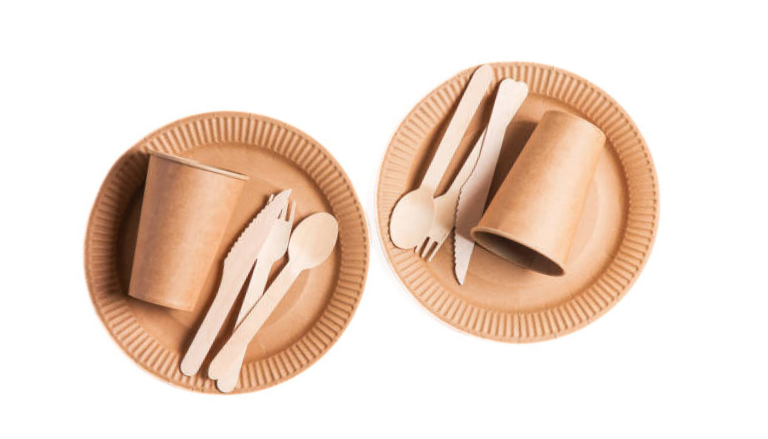The General Station Structure in a Commercial Kitchen
An efficient and productive commercial kitchen is made up of specialised equipment and talented chefs with a defined set of roles within their brigade. Teamwork, communication and a well thought out kitchen set-up are important to ensure food is prepared to the absolute highest quality.
All commercial kitchens are different and include various pieces of equipment to support the chefs in their respective roles. Here are some of the most common station structures you would come across is a professional commercial kitchen
Saucier
A saucier is a sauté chef, is responsible for sautéing (frying, stir-frying, browning) foods as well aspreparing stews, sauces and hot hors d’ourves. They are usually supported by a range of high-quality cookware such as pots, frying pans, woks and griddles.
Poissonier
The poissonier or ‘fish chef’ is responsible for the preparation of all fish and shellfish dishes. This may even include sourcing the seafood from the local market and preparing seafood sauces and soups. A poissonier can work with all types of equipment depending on what is being prepared including ovens, frying pans, griddles, hibachi grills and more.
Friturier
A friturier is a ‘fry chef’ who is in charge of frying, particularly deep frying. Fry chefs will use a pan with oil for shallow frying and a deep fryer for the bigger frying jobs.
Grillardin
A grillardin is a grill chef who, as the name suggests is responsible for grilling and sometimes broiling foods. They use a range of equipment including hibachi grills, teppanyaki grills and contact grills.
Rotisseur
Rotisseurs are in charge of roasting and braising foods (including any stuffing). They mainly work with meats, roasting, slow roasting and braising. The equipment they use the most are ovens, grills and of course, rotisseries’.
Garde Manger
Otherwise known as a pantry chef, a garde manger is in charge of preparing and coordinating all cold foods. This includes salads, cold meats, pates, terrines, cold sides and hors d'oeurves. They use a variety of commercial equipment as cooking is often still required before serving cold foods.
Boucher
Also referred to as the butch, a boucher is responsible for preparing all meats, poultry and fish before they are sent to their respective stations for cooking. The most important equipment needed for a boucher is a high-quality knife set for meat prep.
Charcutier
Charcutiers prepare cured meats, pâté, rillettes, hams, bacon, terrines and sausages. They often coordinate with thegarde manger to deliver quality meat products.
Potager&Legumer Chefs
The potager and legume chefs work at the entremetier or ‘vegetable’ station. A potager chef would usually make any soups and a legumier chef would prepare the vegetable dishes.
Tournant
A tournant is a chef who is the ‘jack of all trades’ in the kitchen. Their role within the brigade is to move between stations, assisting other chefs with any of their tasks. This requires a broad set of skills and culinary knowledge, rather than specialising in one type of cuisine. A tournant will usually step in and help when someone is either absent or overwhelmed with work on their station.
Patissier
A patissier is a pastry chef who is responsible for preparing and baking pastry goods such as breads, sweet pastries, croissants and some other desserts. They often require specialised equipment in order to do their job correctly such as mixers, provers, bread ovens, bread dividers, cutting tables, dough rollers and more.
Contact Us
For the best commercial kitchen equipment and catering supplies in Melbourne, Brisbane and Sydney, contact the experts at Catering Equipment Warehouse. Whether for purchase or rental, we are guaranteed to have everything you need!
Latest News
Tips for Managing Your Kitchen Inventory
Maintaining an accurate kitchen inventory is crucial to the success of a commercial kitchen. It&rsqu...
How to Promote Your Restaurant to Local Customers
The marketing of your restaurant is as important as the food you serve and décor you set out....
Why You Should Wear Appropriate Kitchen Footwear
Foot support is essential when you are working in a commercial kitchen. You are most likely standing...
Why Chef Uniforms Are Important
Appearances count and this is especially true in any restaurant or establishment that handles food o...
Setting Up Your Restaurant for Food Delivery Services
To stay ahead in the hospitality industry during these difficult times, many restaurants who have cl...
How to Achieve a Good Restaurant Menu Design
Your menu should be a representation of your restaurant’s personality and the experience you a...








